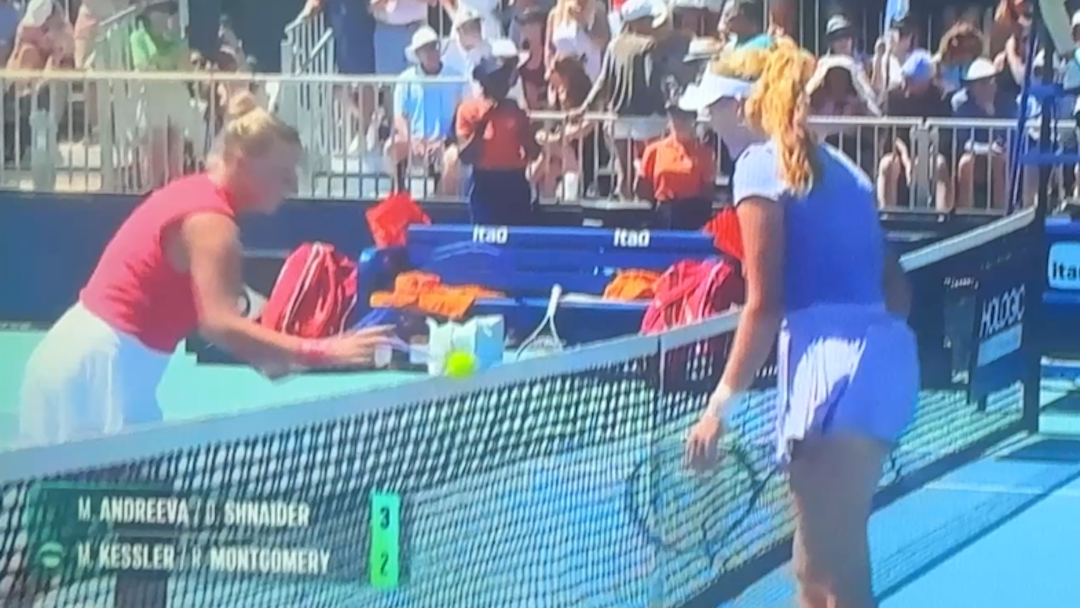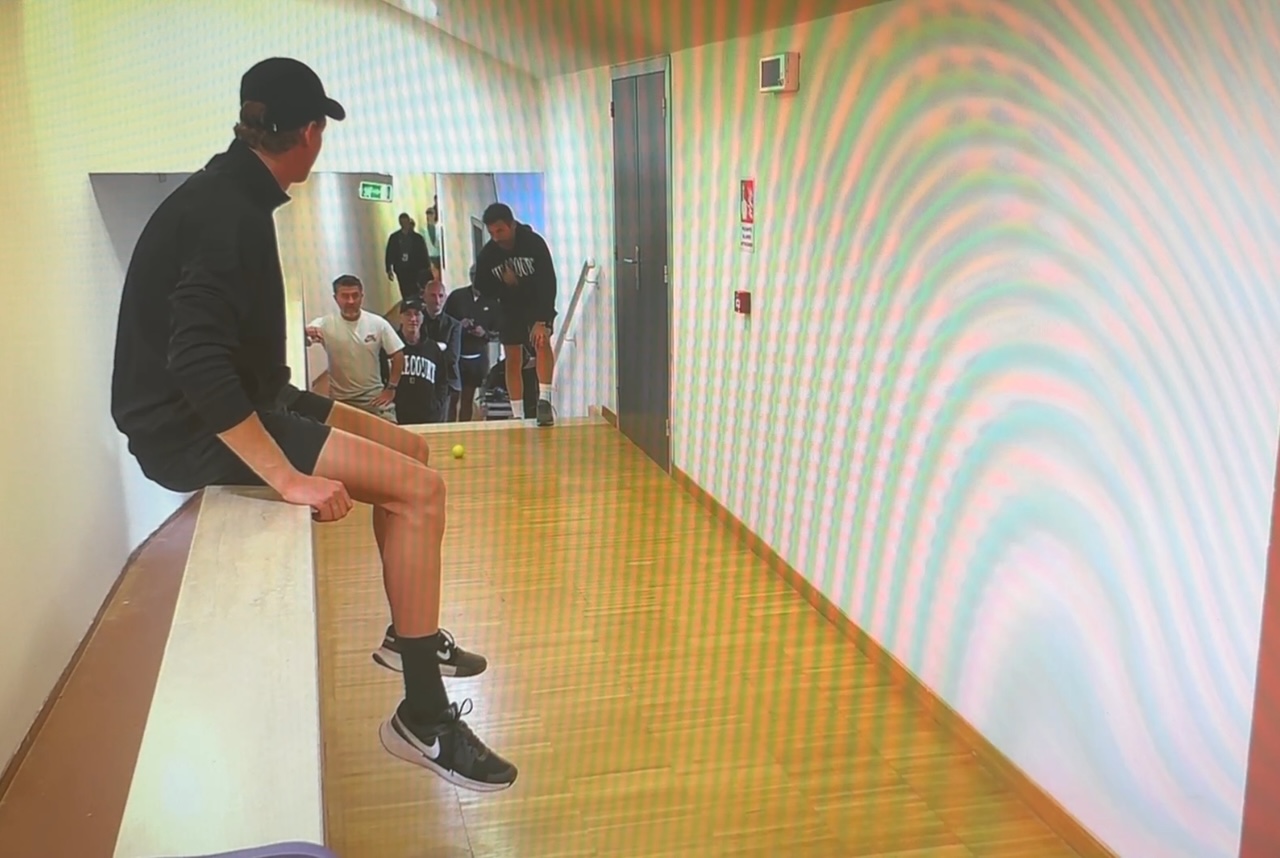Yesterday’s post introduced the NTRP Advisory Group, which is a USTA National level committee tasked with enhancing the NTRP implementation to ensure it aligns with and supports the organization’s programming goals. It also described how the NTRP System has previously evolved since its inception in response to usage experience and technology. Making additional changes to the NTRP system is a “lever” that the USTA could potentially pull to rebalance the competitive landscape of adult tennis. Today, I am starting into enumerating and breaking down some new ideas that the NTRP Advisory Group should consider.
First and foremost, I think that the practice of disqualifying players for above-level performance should be eliminated. It is fundamentally out of alignment with the objectives of sport for a person to be punished for working too hard, being too athletic, or simply improving too much within a short period of time. The USTA should develop and nurture players at all levels and ages who strive to perform at their competitive best.
The practice of disqualification is tantamount to USTA endorsement of sandbagging. It is fundamentally wrong to create a system that incentivizes players to “manage their ratings” but only punishes a subset of those who refuse to succumb to that brand of poor sportsmanship. Punitive action against players who tank matches (or even simply manipulate scores) to create a fraudulent rating is a logistical impossibility. Still, it is perverse to punish players who are actively striving to be the best players they can be while merely shrugging at those who are behaving contrary to the principles the USTA claims to promote.
The most significant pushback against ending disqualification is that it would allow high-performing, self-rated players to compete for an entire season. While there are genuine issues with the self-rating process, a challenge that I will get to momentarily, disqualification is an ineffective and counterproductive punishment. The risk of disqualification for self-rated players is arguably one of the worst contributors to the sandbagging culture that has become normalized and pervasive in USTA League tennis.
Players who are new to USTA Adult tennis are required to self-rate to compete in USTA Leagues. Those players are immediately warned and counseled by their captains about the risks of disqualification. The first lesson players learn when joining the competitive tennis framework shouldn’t be about the importance and tactics of ratings management. I would argue that the messaging should be clear that sandbagging is wrong, but it isn’t. It is utterly depressing how normalized open discussions about active ratings management have become. The risk of disqualification incentivizes players to do something fundamentally wrong. We are teaching new players the wrong way to conduct themselves.
Evolution is needed within the self-rating implementation. I have previously proposed that the responses to the questions considered in the self-rating process should be implemented as a binding attestation. The most egregious problems in self-rating are players who either claim to forget their previous playing history or didn’t understand how that impacted their rating. The only way to get a self-rating should be to complete a detailed questionnaire that records responses and calculates an acceptable range automatically within a workflow. Additionally, the USTA should automatically pull rankings and performance data from junior playing histories that cannot be modified by the player. These features would not have been possible when the NTRP program was originally created, but could now be automated within the ServeTennis digital infrastructure. In other words, we should leverage the technology that now makes this enhancement possible.
Self-rated players who provide fraudulent information on their self-rating attestation should be disqualified. The penalty should include both adjustment to the correct NTRP level as well as some number of suspension points, if not an outright suspension. However, the only self-rated players at risk of disqualification should be those who lied when completing their attestation. Self-rated players who acted in good faith should be welcomed as they are rather than held to an arbitrary performance standard that doesn’t apply to players with well-managed computer ratings.
A self-rated player who overperforms at a level that would have previously resulted in a disqualification is an ephemeral issue. After one year, any perceived problem is gone. The “downside” of having a player perform above level is preferable to teaching that player to sandbag or punishing them with disqualification. That either alienates them or reinforces the importance of managing their rating. It is disingenuous to propagate a competitive framework that puts new players at a disadvantage in a league filled with other players who are also playing above level because they are adept at sandbagging their ratings. Winning is not an entitlement for anyone. It is arguably healthier to allow any advantage to new players within the competitive tennis ecosystem.
I also have thoughts on how to tweak NTRP rating expiration. However, it is probably best to defer that discussion until after I describe some ideas on how the NTRP system can be enhanced to better support tournament tennis. In fact, those benefits can extend beyond that to potentially revive a vital part of the competitive tennis ecosystem that has been left for dead. That is tomorrow’s topic.



